Elizabeth Farren (born about 1759, died 1829), Later Countess of Derby 1790
The Irish actress Elizabeth Farren made her London debut in 1777 as Kate Hardcastle in Oliver Goldsmith's She Stoops to Conquer. She was at the height of her career when this canvas was exhibited in 1790. Seven years later, she married the twelfth earl of Derby. This elegant portrait helped to secure for Lawrence the role of successor to the elderly Sir Joshua Reynolds (17...
- Credit:
- Courtesy of the Metropolitan Museum of Art
More from this artist...
Loading...
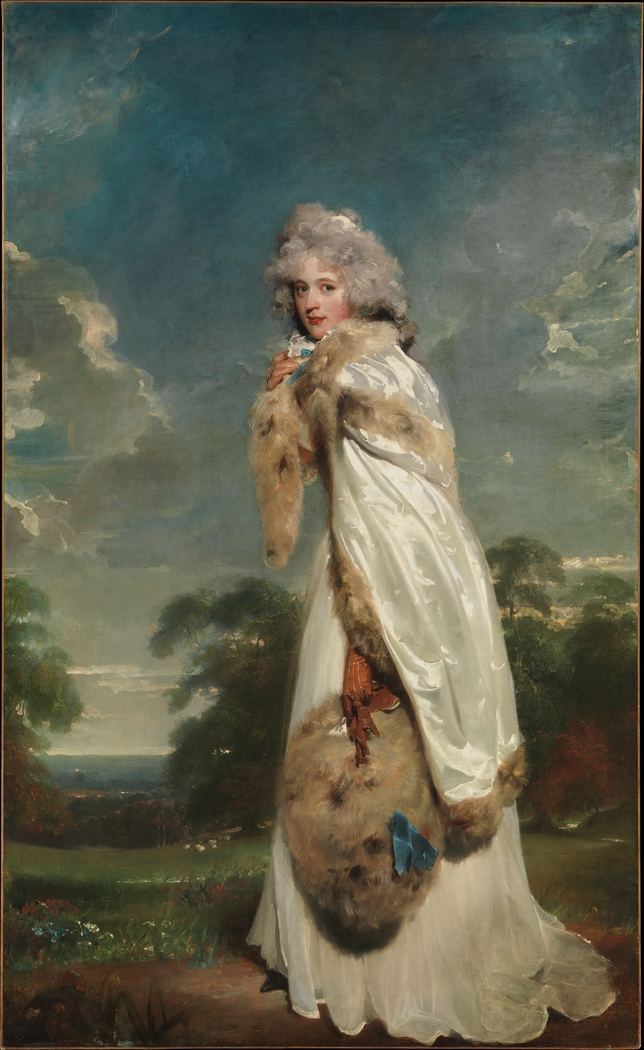
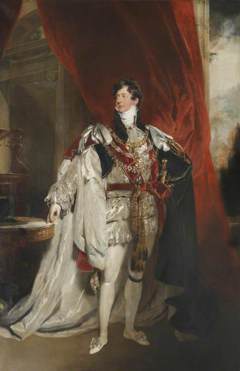
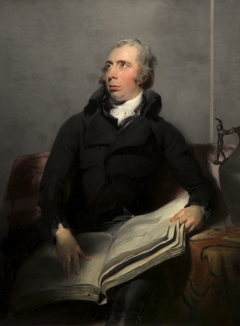
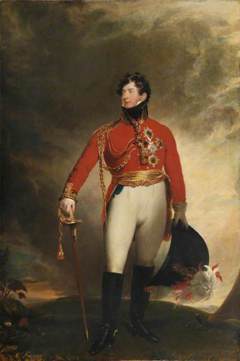
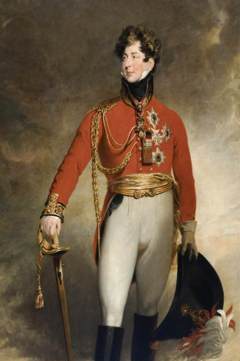

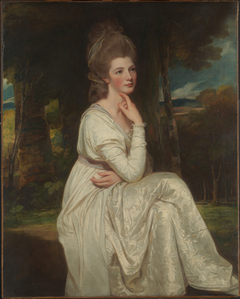



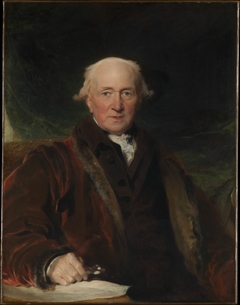

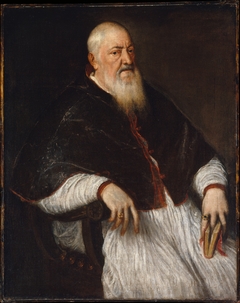
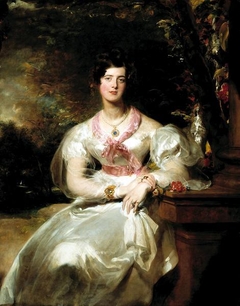

Discussion